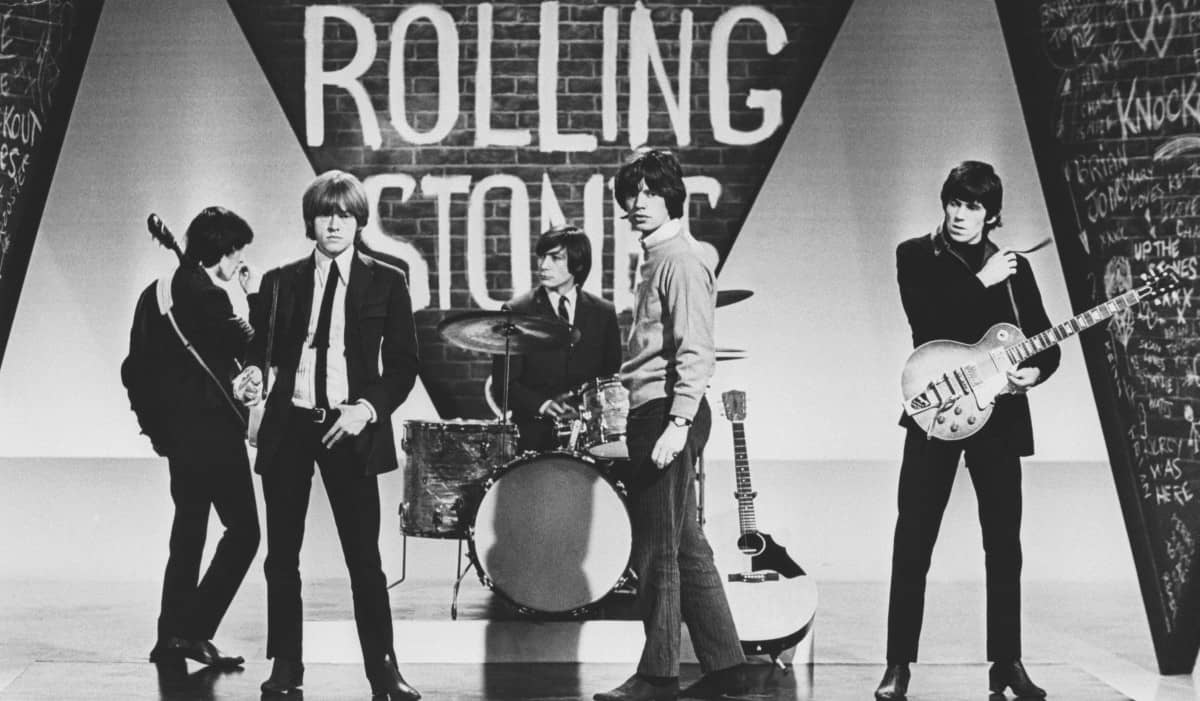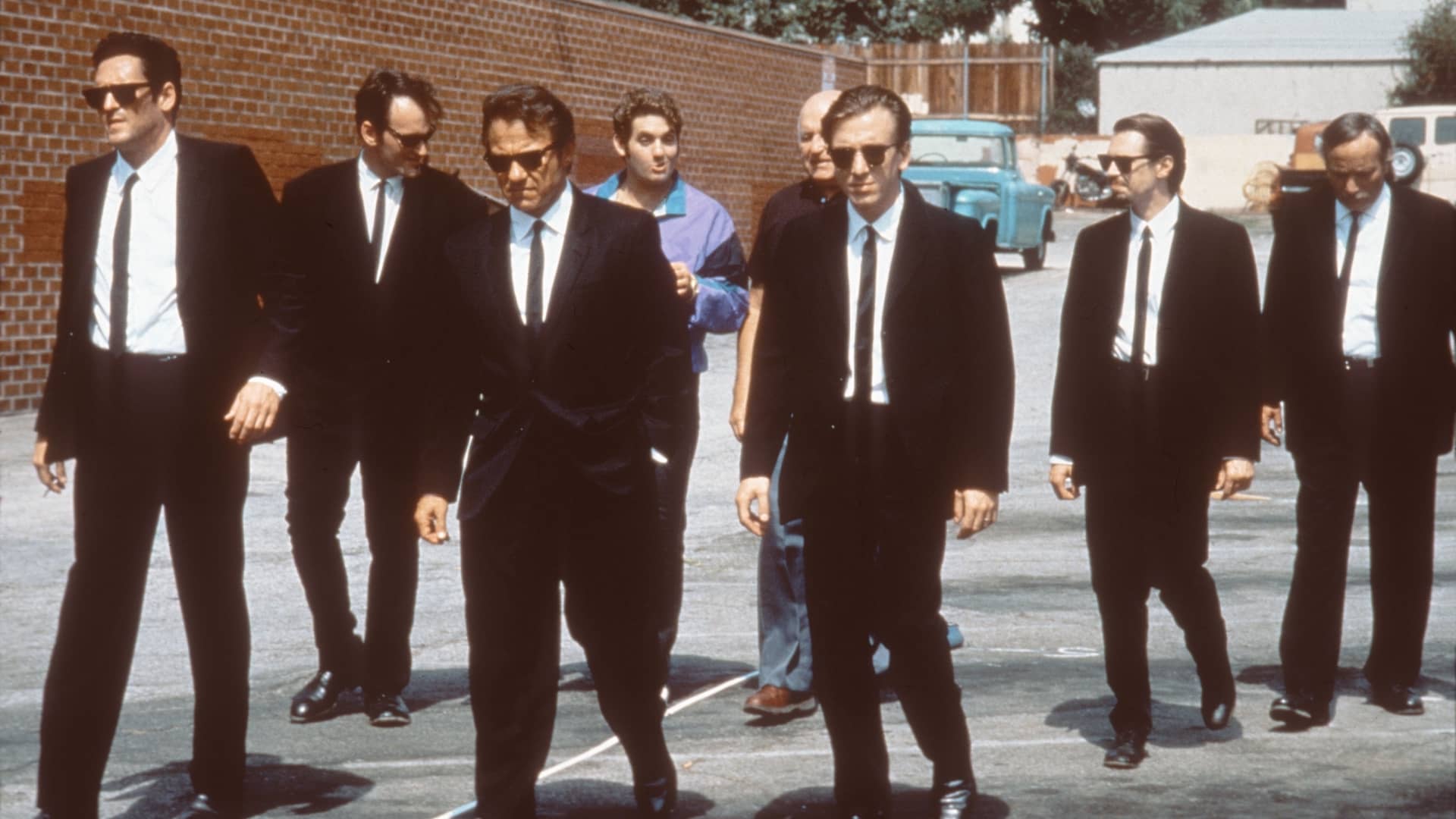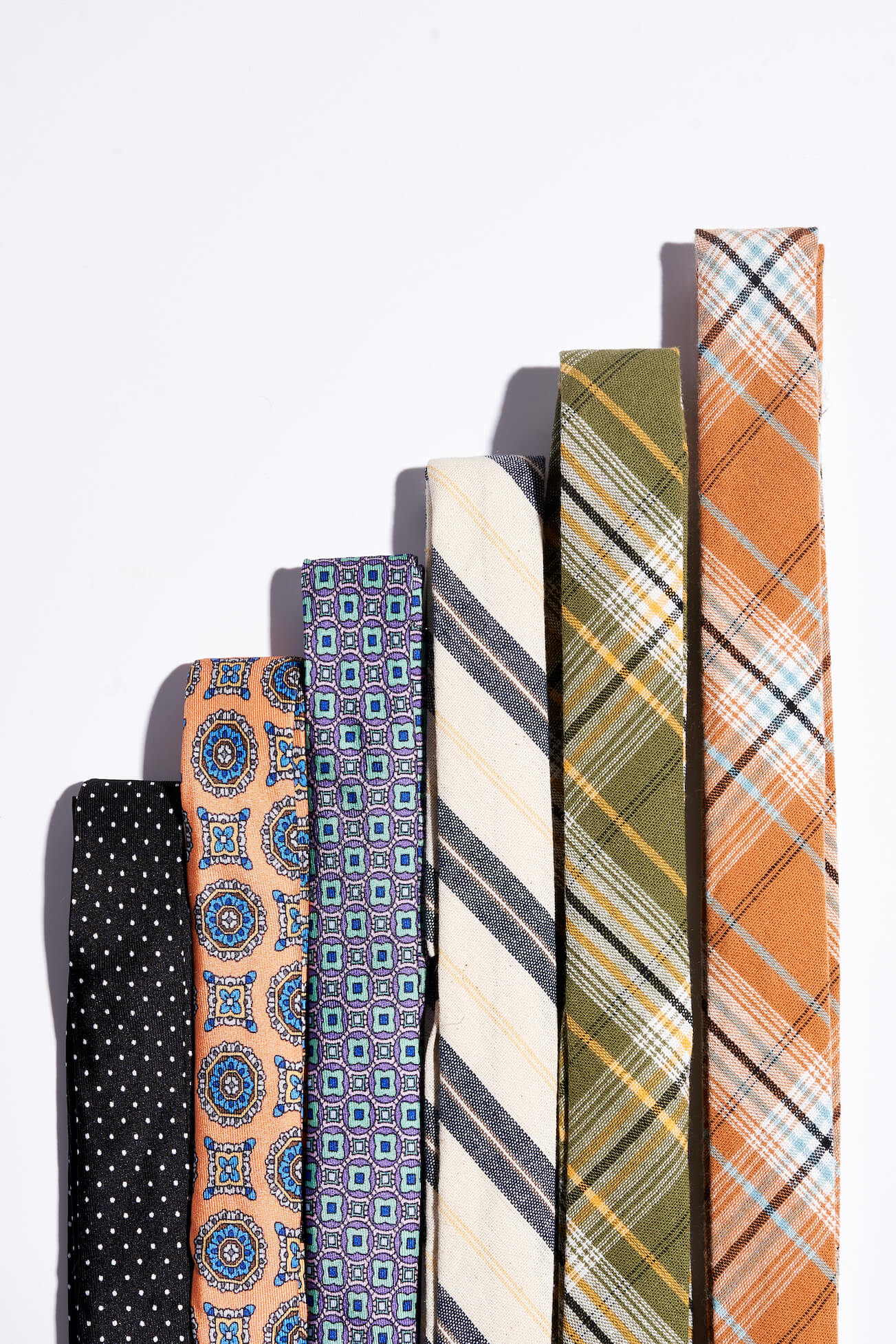How did the seemingly functionless necktie become one of the most iconic fashion accessories? The history of the necktie takes more twists than you might think, from its early days as mercenaries’ uniform flair to a symbol of rock music in the fifties and eighties. While its function and form has shifted over the years, history reveals the necktie has always been about expression.
THE SEVENTEENTH-CENTURY STATEMENT PIECE
It was the middle of the Thirty Years’ War when King Louis XIII of France first encountered neckties on hired Croatian mercenaries. The soldiers used a piece of fabric around their necks to show their rank and its design struck the King. He and his son Louis the XIV strutted “La Cravate,” named for the Croatians, as it became synonymous with high-class attire.
But the real history of the tie begins in the twentieth century…
TWENTIETH-CENTURY BEGINNINGS
In the roaring twenties, ties were all the rage. Especially as Jesse Langsdorf revolutionized the cutting process for ties, using three angled incisions to help ties keep their shape after even the most complex knots. As a result, bigger and bolder tie knots became a form of expression at casual and formal occasions.
The famous Windsor knot was popularized by the Duke of Windsor, who wanted his neckties to have a wide, thick display. He altered the cut of the cloth to be wider and shorter, which allowed his signature Windsor knot to appear even fuller.
At this time, gentlemen used the extra real estate of the wide tie to sport cunning designs of the Art Deco movement.
By the nineteen forties, the width of the tie became a bit of a joke. Celebrities like Bob Hope and Danny Kay would wear comically large ties called belly warmers, and they caught on. This tie trend accompanied the goofy, flappy, zoot-suit era.
Zoot suits were outlawed in Los Angeles in 1943 because they used so much fabric it was considered wasteful. The law was passed to stop these alteration altercations.

The Skinny, the Wide, and the Bolo
The cheeky skinny ties completely vanished for whatever reason, as the corporate, wider ties of the seventies began to take over. The kipper tie, invented by Michael Fish in 1966, was the antithesis to skinny ties with some as wide as six inches across. The disco movement of the seventies embraced these ultra-wide statement ties in all fabrics from the recycled forties patterns to contemporary paisleys.
 In the post-war era of the fifties and into the swinging sixties, a sense of rebellion and freedom was expressed through non-traditional trends in clothing. It was here when the skinny tie became a symbol of counterculture, worn by rock pioneers like Buddy Holly in the fifties and hippie sensations like the Beatles and Rolling Stones in the sixties. This standout tie is about one inch wide and features both square and triangle bottoms.
In the post-war era of the fifties and into the swinging sixties, a sense of rebellion and freedom was expressed through non-traditional trends in clothing. It was here when the skinny tie became a symbol of counterculture, worn by rock pioneers like Buddy Holly in the fifties and hippie sensations like the Beatles and Rolling Stones in the sixties. This standout tie is about one inch wide and features both square and triangle bottoms.
Meanwhile, an especially eccentric tie, the bolo tie, was being pioneered by Victor Emmanual Cedarstaff in Arizona. As legend has it, Cedarstaff wore a silver-clasped hatband around his neck and decided to call it a tie after receiving compliments on the new look. Cedarstaff presented a bolo tie to Arizona Governor Jack Williams who made it the official neckwear of the state in 1971. It’s still a popular niche in the American Southwest.
In the nineteen-eighties, a plethora of diverse fashion trends lent to the reemergence of the sleek, simple, skinny-tie alongside the ever-present kipper and bolo ties. Punk rockers in the new wave scene wore skinny ties in solid colors, simple patterns, and even leather.


THE STANDARD SHAPE
From the nineties to today, neckties became a boring average of their long history of styles. The typical tie we all think of is about three inches in width, right between skinny and kipper. It hangs to exactly belt-buckle length, no more, no less. And it must have the triangle tip.
THE LIAM JAKE REVOLUTION
Today, ties are available in many different widths, cuts, fabrics and patterns. However, 90% of ties follow the boring old format. Here at Liam Jake, we make a bold statement with a tie that needs another renaissance. Premium, high-quality, hand-crafted skinny ties for the radiant individual. Add our style-wingman to your collection and hang up the standard necktie for a bit.



